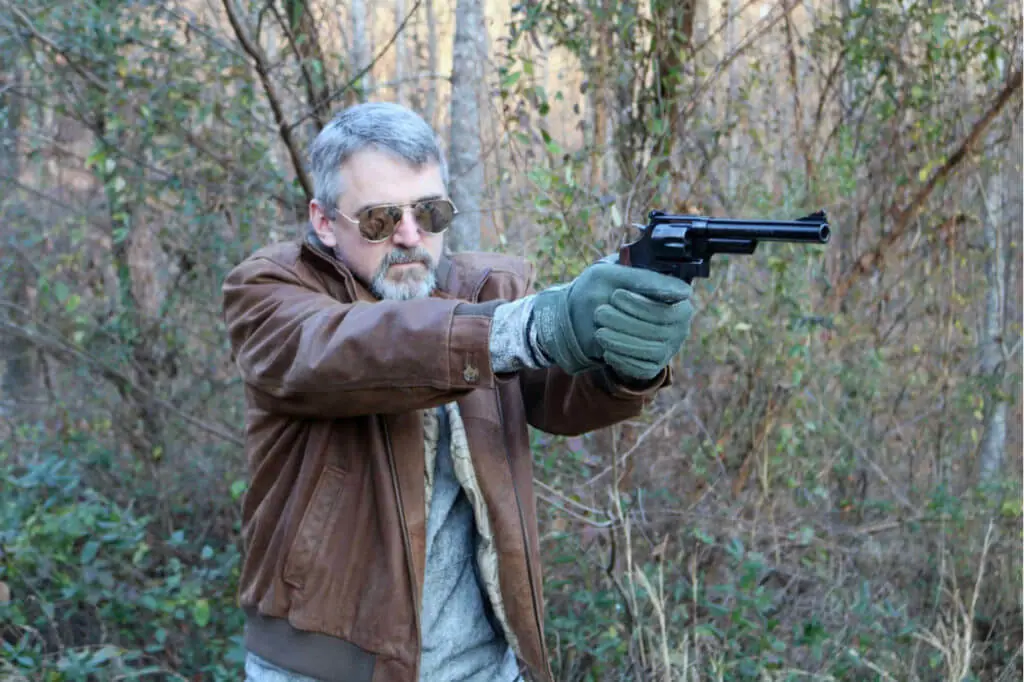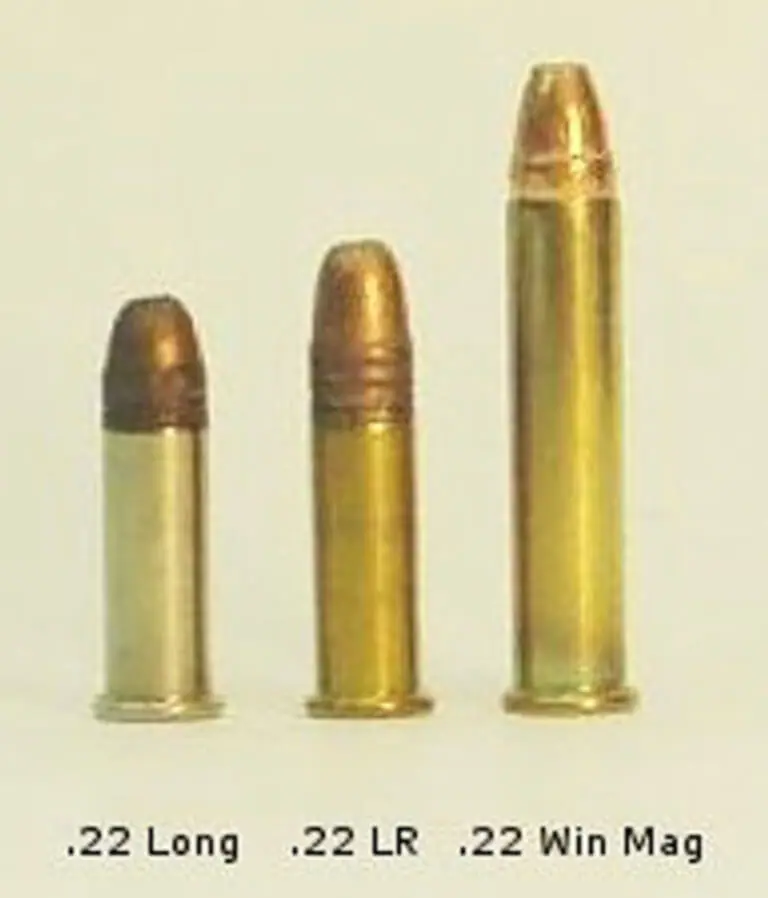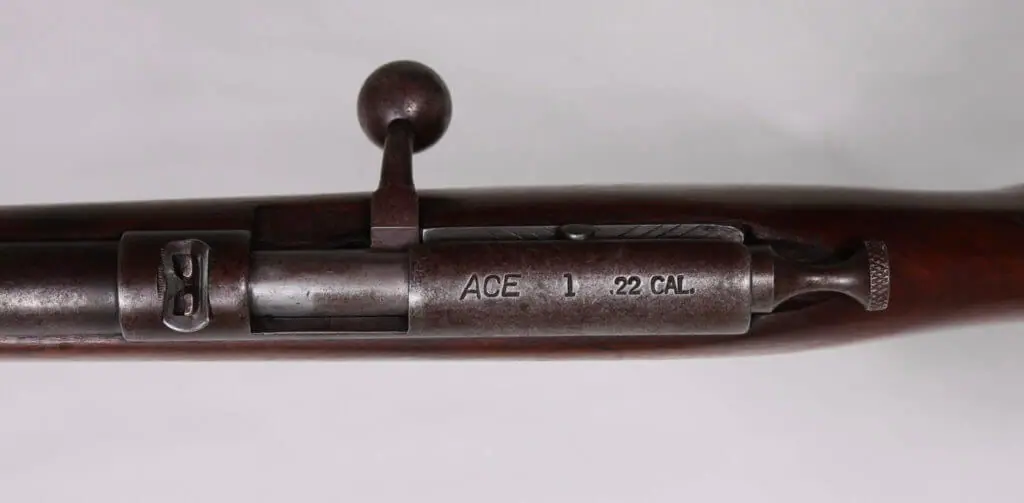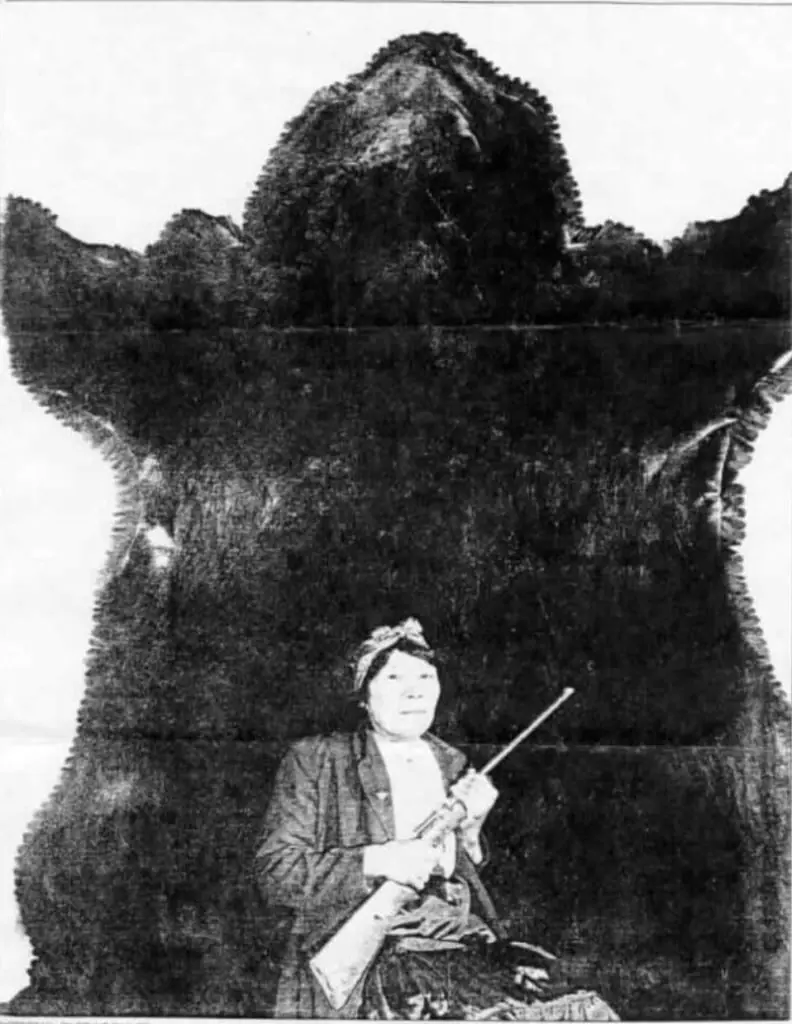
May 10, 1953, was a Sunday. 63-year-old Bella Twin was a petite Native American widow woman who stood less than five feet tall. She and a friend named Dave Auger were walking down a cutline cleared through the forest for oil exploration in central Canada. They were hunting near a tiny village called Slave Lake in Alberta. Bella was a Cree Indian and an experienced trapper.
Much ink has been spilled over the proper firearm to use for personal defense in bear country. Brown bears in northern Canada and Alaska can grow to truly astronomical size. I have seen these things up close, and they are indeed pretty amazing.
Back when I lived in Alaska I was chatting with an elderly gentleman in my church who had been born and raised near Fairbanks. I had newly arrived in the state and was getting my arsenal squared away in anticipation of many a day to be spent exploring the backcountry. I innocently asked this man his thoughts on a handgun for bear protection.
Table of contents

He thought for a moment and explained that the particulars really didn’t matter. He said autoloader versus wheel gun or even caliber selection were essentially immaterial. He told me that the only thing I needed to do was to take my new bear pistol to a gunsmith and have him grind the front sight down flat with the muzzle. When I asked him why on earth I’d want to do that he explained it was so that when the bear takes your pistol away from you and shoves it up your backside the experience is no more unpleasant than is necessary. Apparently, that guy never met Bella Twin.
The Encounter
Bella and her buddy were hunting small game. If I had to guess I’d suspect ptarmigan, rabbits, or squirrels. As a result, she had armed herself with her high-mileage Cooey Ace 1. The Cooey Ace 1 was an inexpensive single-shot .22 utility rifle. She had the old gun charged with a single .22 Long round.
The .22 Long is not really a thing anymore. For those who might not be rimfire aficionados, the .22 Long falls midway between the diminutive .22 Short and the ubiquitous .22 Long Rifle. Legend has it that on this fateful day, Bella was running .22 Longs simply because they were cheaper than the Long Rifle sort.
Bella and her friend looked up in time to see an absolute monster of a brown bear ambling along the cutline though in the opposite direction. At his current pace, the animal would be upon them in moments. There was no time to run. On this day the temperature was around 50 degrees F with a 12-24 mph wind blowing from the northeast. When confronted with such an enormous predator at such close range, Bella and her buddy wisely chose to disappear into the wood line and hide in hopes that the big animal might just pass them by.
Poor Chances
Given these circumstances, hiding simply represented good tactics. They were as good as unarmed, and nobody wants to get sideways with a big grizzly bear no matter the circumstances. Unfortunately, however, the bear had other plans.
It’s legit cold in these latitudes in the winter, and these big bears hibernate. When they emerge from their dens they are thin, ravenous, and grouchy. Their every thought after the onset of spring is to fill their stomachs and regain some of the fat lost through the long hard winter. This basic fact drove this particular bear to take an unnatural interest in Bella and Dave.
Bears have lousy eyesight, particularly the old ones, but their senses of smell and hearing compensate to a great degree. If he can smell you, he can find you. Once the big guy took an interest, there was no way that Bella and Dave were walking away from this.
The gusty wind likely masked whatever noise that Bella and Dave were making, and that same stiff breeze very probably muddled the olfactory milieu as well. That meant the beast was upon them so quickly they had few options. Once the inquisitive bruin closed to within a few yards, Bella had a decision to make.

What She Did
Bella had been a subsistence hunter for decades. Her background as a Cree Indian lent her a legacy of fieldcraft. She had ample experience shooting, skinning, and preserving meat in the Arctic. With this massive grizzly bear now mere feet away, Bella drew a bead on the back of the hulking animal’s skull and squeezed the trigger on her ancient .22 rifle.

Legend goes that the big bear was standing on its hind legs when Bella first shot it. Post-mortem estimates have put the beast at nearly ten feet tall. Bella was roughly half that and was armed with the sort of rifle we grizzled gun geezers might eschew as being inadequately powerful for squirrels.
Regardless, the enormous bear dropped immediately when struck at close range by one of these tiny little 29-grain bullets. As soon as the bear hit the ground, Bella moved to its side and pumped another half dozen rounds into its head. One of the zippy little bullets actually exited the opposite side, while the rest were retained. Bella would have shot it some more, but that was all the ammo she had brought with her.
Bella’s bear was indeed a remarkable specimen. The skull measured out at 16 and 9/16 long by 9 and 7/8 inches wide for a total score of 26 and 7/16 inches. Bella’s bear set a Boone and Crockett record as the largest grizzly ever killed in North America at that time. And she took it with a beat-up old single-shot .22 rifle.
The bear’s skull and Bella’s rifle are both preserved in museums. Bella was smart enough to have sold the skull, the rifle, and the hide separately to maximize her return. The enormous bear’s skull, replete with bullet holes, went in the 1950s for $15. That’s about $160 today.
The Gun That Saved Her
The Cooey Ace 1 rifle was in production from 1929 through 1934 by the Cooey Machine and Ammo Company Limited of Ontario, Canada. The Cooey Company was later sold to Olin/Winchester in 1961. Cooey made the same rifle for the T. Eaton Company marketed as the “Eatonia.” It has also been sold as the “Rabbit.”
The Cooey Ace 1 was as simple as a .22 rifle could get. Think of it as the 1930s-era version of the modern Cricket rifle. The Ace 1 was marketed as a boy’s first rifle and utility gun. There just wasn’t much to it.
The Ace 1 was a single-shot, bolt-action design. The sights were fixed, and rounds had to be loaded by hand one at a time. A built-in extractor ideally removed the empties when the bolt was cycled. The striker knob had to be manually cocked each time you worked the bolt. The trigger guard was pressed out of a strip of sheet steel and secured with screws
The Gun Wasn’t In Good Shape
Bella’s example was all the more remarkable. Her stock had cracked badly at some point along the way and had been repaired with a standard flat-head wood screw. The finish was gone, and the gun was liberally covered in rust. Given the broken buttstock, the action was actually secured in place with hockey tape. This was the most craptastic little single-shot .22 imaginable, yet this tiny woman killed a 1,000-pound grizzly with it.
Developed in 1871, the .22 Long round is the world’s second-oldest rimfire cartridge. Early loads pushed a 29-grain solid lead bullet over a 5-grain charge of black powder. This gave the .22 Long roughly 25% more power than the diminutive .22 Short. The .22 Long was originally designed for use in revolvers, though it was soon employed in rifles as well. The .22 Long does not typically produce enough recoil energy to cycle autoloading weapons. Out of a rifle-length barrel the .22 Long will typically just barely break 1,000 feet per second at the muzzle.
The Bear
The brown bear ranges across much of North America and Eurasia. It is the second-largest terrestrial carnivore right behind the polar bear. North American examples are called grizzlies, while the subspecies unique to Kodiak Island in Alaska is known as the Kodiak bear.
While the brown bear was hunted to extinction across much of its range in the late 19th and early 20thcenturies, the animal is listed as a least concern species by the International Union for Conservation of Nature today. Worldwide the total population is estimated to be around 200,000 animals. About a quarter of those live in Alaska.

Actually Quite Dangerous
The brown bear eats anything it can catch. Berries, fish, or mammals both large and small make up most of its diet. Those who should know told me while we lived in Alaska that what typically determines whether you live or die in the opening moments of a brown bear attack is the relative dimensions of your skull and the bear’s jaws. If the animal can get its teeth around your head it will crush your skull like a grape. If not you might just get scalped. I’d sooner not empirically test that out myself.

We fret about caliber, weapon, and bullet selection for personal defense as nauseam. However, Bella Twin’s performance with her world record bruin illustrates a truly timeless truism. When it comes to a life-or-death encounter with a predator whether they walk on two legs or four, caliber selection plays a part but shot placement is everything.
A native of the Mississippi Delta, Will is a mechanical engineer who flew UH1H, OH58A/C, CH47D, and AH1S aircraft as an Army Aviator. He has parachuted out of perfectly good airplanes at 3 o’clock in the morning and summited Mount McKinley, Alaska, six times…always at the controls of an Army helicopter, which is the only way sensible folk climb mountains.
Major Dabbs eventually resigned his commission in favor of medical school where he delivered 60 babies and occasionally wrung human blood out of his socks. Will works in his own urgent care clinic, shares a business build-ing precision rifles and sound suppressors, and has written for the gun press since 1989.
He is married to his high school sweetheart, has three awesome adult children, and teaches Sunday School. Turn-ons include vintage German machineguns, flying his sexy-cool RV6A airplane, Count Chocula cereal, and the movie “Aliens.”